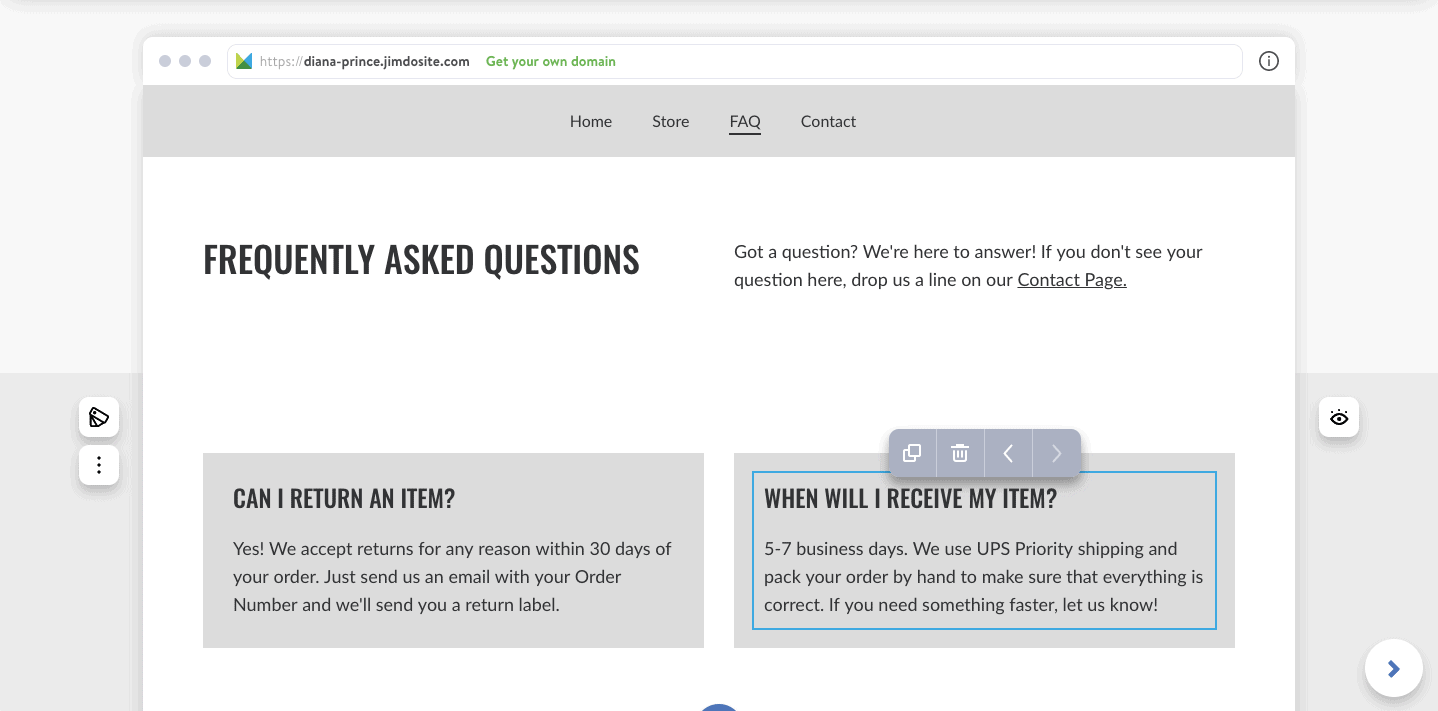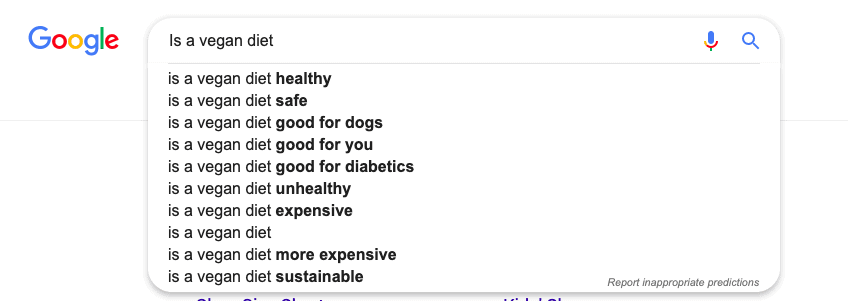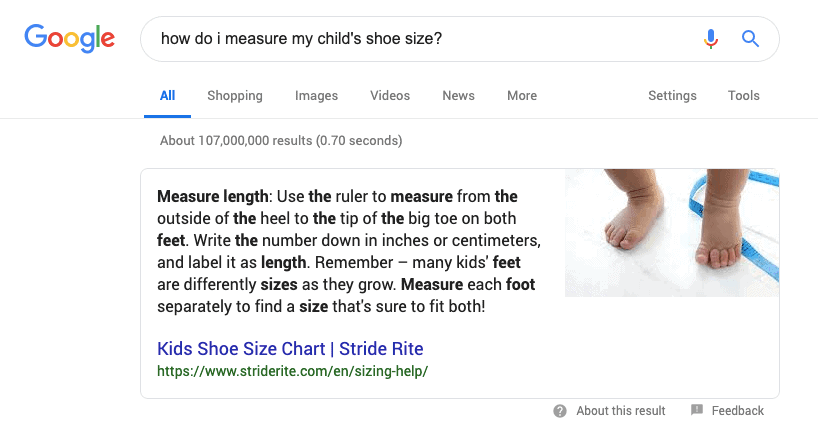When you build a website, one of the most important pages is for “frequently asked questions”—your FAQ page. The best FAQ pages can convince new customers, close sales, and save you time answering repetitive questions.
How do you get started writing a FAQ page, and how do you know which questions to answer? Read on for tips on how to write an FAQ section and some of the reasons why it will help your business.
What does FAQ mean? It stands for frequently-asked questions, and it’s a page on a website that gives quick answers to customer questions. The idea is to keep the answers short and direct so that people find info quickly. We write it as “an FAQ”…(“an eff-ay-cue”) instead of “a FAQ” (a “fack”).
What is the purpose of FAQs on your website?
- It saves you time. If you spend a lot of your time answering emails or social media queries, an FAQ can be a real timesaver. It can also help prevent costly and time-consuming returns in your online store.
- It brings new website traffic and new customers. Google’s goal is to deliver answers to questions. If you put your text in a Q&A format, you’re doing half the work already. Even better, if you have a good answer to a question, you might get featured in one of Google’s answer boxes or feature snippets, which will give you a big traffic boost.
- It builds trust and shows that you get it: A well-written FAQ page shows experience. You know what customers are thinking and you’ve already got an answer. It’s a great way to increase the trust and professionalism of your website.
Bring your business online with Jimdo.

Can FAQs help with SEO? Yes! Search engines like websites that give good answers to common questions. If you answer questions well on your website, your search engine ranking will start to improve.
What questions belong on an FAQ page?
How do you decide what questions to answer? Here are some ideas:
Look at your customers’ questions
The first is pretty obvious: What do your customers ask you? Look at your email inbox or social media account and see which questions keep popping up. What usually makes people hesitate before purchasing? What doubts might they have? The more you can automate the answers to these questions, these easier you’ll make it for your customers to buy with confidence. And you’ll save yourself time too.
Look at your competitors’ websites
If you’re a new business or don’t have a lot of customer queries yet, take a look at similar websites for ideas. Bonus points if you can answer the question better than they can.
Look at Google and Quora
Use Google’s Autosuggest feature to start typing a question about your business into the search bar. You’ll see the commonly asked questions people search for. This can be a jumping off point to figure out what questions to put on your own FAQ page.
Another idea is to browse Quora—a site built to answer people’s questions. Just type in a topic, select More Options and then choose All Questions. You’ll get a list of the most recent questions related to that topic.

Tip: An FAQ should include some general questions about your industry or product—not just questions about you. For example, if you sell kids shoes, you might include a question like “How do I measure my child’s shoe size?” That way people researching children’s shoes will find your content, even if they don’t know about your products yet. Ta da, now you’ve got a new customer.

Tips for writing a good FAQ page
Above all, your FAQ page should be straightforward and super-easy for customers to use. These tips will help make sure your page follows FAQ best practices:
- Make the FAQs easy to find
- Write questions from the point of view of your customer
- Write the FAQ sheet in an actual question-and-answer format
- Keep answers short
- Fully answer the question, don’t just link to a different page
- Start your answers to yes/no questions with a “yes” or a “no”
- Avoid jargon—write like your customers talk
- Show some personality in your answers
1. Make it easy to find: People know what an FAQ is, so make that your page title. Don’t overcomplicate things by calling it “Good to Know” or “More Info”. Sometimes people put the frequently asked questions section on their Contact page, but you can create your own page and put it right in your website navigation menu or website footer so it’s easy to find.
2. Write questions from a customer’s point of view: Write the question as the reader would ask it. So the customer is “I” and you, the website owner, are “you”. Sticking to this format makes more sense for a reader, reduces confusion, and more closely matches what people actually type into search engines:
Write from the point of view of a customer:
“Can I purchase a gift certificate?”
instead of
“Can you purchase a gift certificate?” or “Can customers purchase gift certificates?”
3. Use a question-and-answer format: This sounds obvious…but don’t forget to write out actual questions with answers. When someone finds an FAQ page they want specific information, not a marketing pitch or a long story.
4. Keep answers short: Getting a straight, quick answer to your question is a relief. So keep answers to a short paragraph if you can, less than 100 words.
5. Actually answer the question: You’d be surprised how many FAQs avoid giving a straight answer or they send you on a wild goose chase to another page entirely. When possible, answer the entire question in the FAQ without linking away to another page. You can provide links to more info, but the answer itself should be right there on the page.
For example – which one is more useful?
Q: What is your return policy?
A: We allow returns of all items within 30 days of your order date. Just send us an email with your order number and we will send you a return label.
or,
A: Our return policy is available here (link).
6. Start your answers with a “yes” or a “no”: Those simple words can save people time. Also, having definitive answers to questions (yes/no) sounds more confident than a wishy washy, “well, sometimes, perhaps….”
For example – which one is clearer and more convincing?
Q: Do you test on animals?
A: No. We never test on animals. Here’s our certification (link) ←clear, decisive answer.
or,
A: Animal testing is an issue that we have considered deeply in our mission statement and business practices. We are part of the Leaping Bunny Certification programme, the gold standard for cruelty-free certification… ← boring, not a clear answer.
7. Steer clear of jargon: One reason that FAQs work well is because they match what users are already thinking or asking. To that end, make sure that you’re using the vocabulary and phrases that your customers already know.
Example: Using normal language
“Do you issue pre-paid money cards to be used as an alternative to cash for purchases within your store?”
or
“Do you sell gift cards?”
8. Show some personality: Just because an FAQ section is direct doesn’t mean it has to be boring. Use it as a chance to write in your brand’s voice (humorous, casual, dignified, etc.) and even share some behind-the-scenes information about your company to add some color to your content. It’s a great chance to show that there’s a real human behind the website (you!) who is thinking about your customers and answering their questions personally.
Example: Include some questions about your company’s quirks
Q: “What’s the funny animal in your logo?”
A: “It’s a narwhal, thanks for asking! Narwhals are unique, smart, and love to swim, just like us.”
What other info should go on an FAQ page?
Still stumped on what to write? Here are some ideas of what you might include in your FAQ:
- Your store policies including refund policies
- Where you ship and other shipping information
- How quickly you fulfill orders
- Information a customer needs to choose the right product—how to choose the right size, for example.
- Any little-known facts about your products or services
- Common myths about your product or industry that you can clear up
- Clear descriptions of the differences between your products, if people get confused
If you haven’t added an FAQ page to your website, now is the perfect time to give it a try! For more tips, check out How to Write Product Descriptions That Sell.

